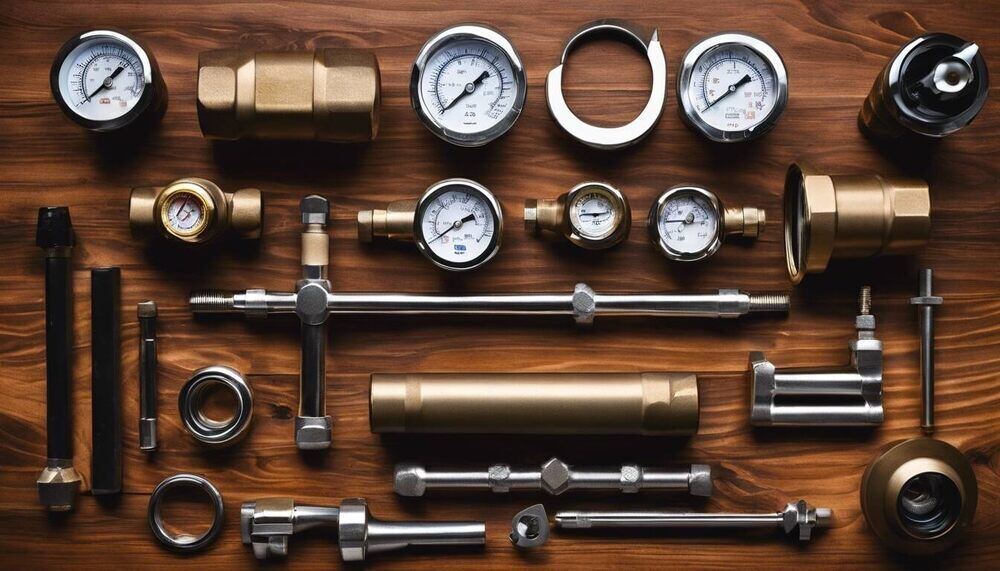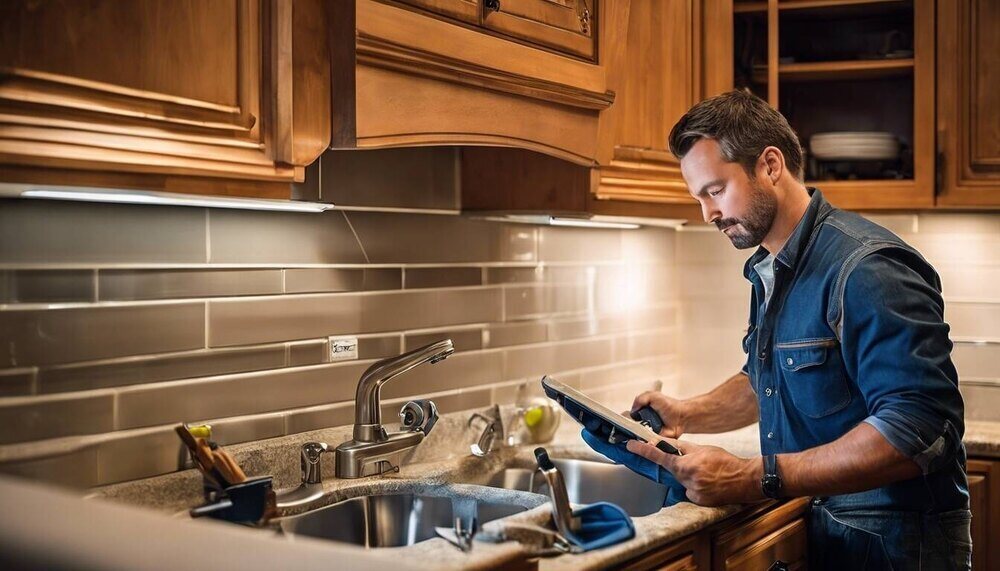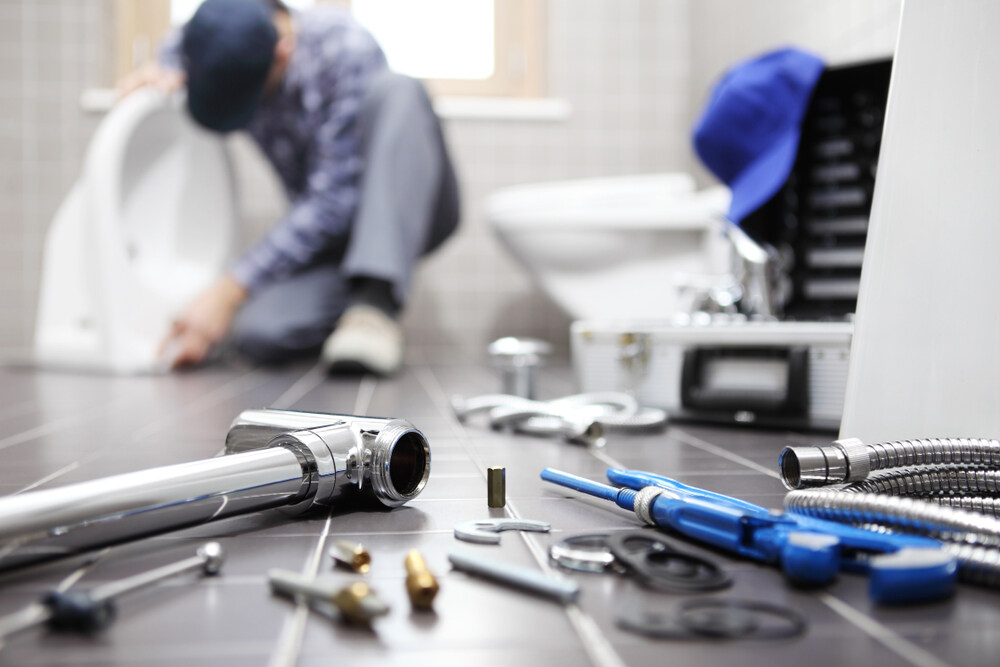
When it comes to ensuring clean and safe drinking water in your home, managing your chlorine levels is essential. Chlorine is commonly used to disinfect water and kill harmful bacteria, but when present in excess, it can affect both the taste and quality of your drinking water. In Santa Cruz, like many other areas, the use of chlorine in public water systems is prevalent, and while it is a necessary measure for keeping the water safe, understanding how to manage its levels can improve the overall quality of your drinking water.
The Importance of Chlorine in Drinking Water
Chlorine is a crucial disinfectant in municipal water systems, preventing harmful microorganisms from growing and increasing the risk of diseases like dysentery, cholera, and gastrointestinal infections. However, excessive chlorine levels can cause unpleasant odors, taste, skin and eye irritation, and long-term health risks, especially during showers. Proper disinfection is essential to maintain safe drinking water.
How Chlorine Levels Are Managed in Santa Cruz
Santa Cruz’s water utility is dedicated to maintaining optimal chlorine levels in the public water supply to ensure a safe and palatable water supply. The EPA recommends keeping chlorine levels below 4 ppm to prevent unpleasant tastes and smells. However, these levels can vary depending on the water source and treatment methods. The Santa Cruz water department constantly monitors and adjusts chlorine levels to maintain this balance.

Why You Should Care About Chlorine Levels
Excessive chlorine levels can have several impacts that affect not only the taste and smell of your drinking water but also your health and comfort. Here are some of the key reasons why managing your chlorine levels is important:
- Taste and Odor: Chlorine gives water a chemical taste and odor that many people find unpleasant. Even at low concentrations, this can be bothersome, especially when used for drinking, cooking, or even making coffee and tea.
- Skin and Eye Irritation: Showering in water with high chlorine content can cause skin dryness and irritation and exacerbate conditions like eczema. It can also lead to red, stinging eyes when swimming or showering.
- Health Risks: While chlorine is essential for killing harmful bacteria, there are concerns about the by-products created when chlorine reacts with organic materials in water. Chlorination by-products, such as trihalomethanes (THMs), have been linked to certain health issues, including an increased risk of cancer and reproductive problems, when consumed in large quantities over a prolonged period.
Tips for Managing Chlorine Levels at Home
If you’re concerned about the chlorine content in your drinking water, there are several ways you can reduce exposure and improve water quality in your home.
- Install a Water Filtration System: One of the most effective ways to reduce chlorine in drinking water is by installing a water filtration system. Activated carbon filters are highly effective at removing chlorine, improving both taste and odor. These filters can be installed directly on your faucet or as part of a whole-house system.
- Use a Water Softener: While primarily used for removing minerals like calcium and magnesium, some water softeners also help reduce chlorine levels in the water supply. These systems can be beneficial if you’re looking for an all-in-one solution for water quality.
- Let Water Sit: If you’re trying to reduce chlorine in your water, simply letting it sit for an hour or two before drinking can allow the chlorine to dissipate. However, this method is not as effective as filtration and will not remove higher levels of chlorine.
- Shower Filters: If skin irritation or eye discomfort is a concern, consider installing a shower filter. These filters are designed to remove chlorine from the water used during showers, helping to protect your skin and eyes from irritation.
- Boiling Water: Boiling water for 15-20 minutes can also help reduce chlorine, as it causes the chemical to evaporate. However, this method is not practical for everyday drinking water and is best used for small quantities.

Conclusion
Managing your chlorine levels is an important step in maintaining the health and safety of your water supply. By understanding how chlorine works and the effects it has on both your health and the environment, you can take appropriate actions to minimize its presence in your drinking water. Whether you opt for a filtration system or simply let your water sit, taking the time to manage chlorine levels can lead to better-tasting, healthier water for you and your family.


